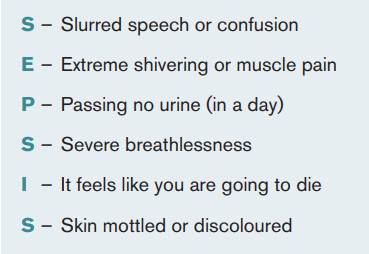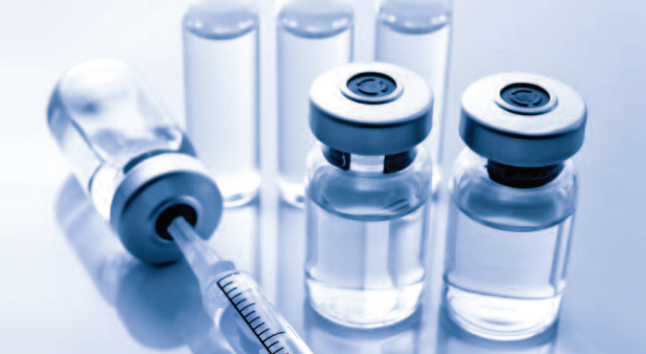As part of its Crew Health Advice series, the UK Club issued guidance for sepsis, a rare but potentially life-threatening condition which is caused by the body’s overreaction to an infection, and affects the organs and tissues, leading even to death.
According to data provided by the World Health Organization, sepsis affects more than 30 million people worldwide every year, potentially leading to six million deaths.
Probable causes
People are more likely to develop sepsis after a viral illness like a cold or a minor injury. But it can affect anyone, regardless of age or state of health. However, some people are more likely to get severe sepsis, including those who:
- are very young or very old
- are diabetic
- are on long-term steroids or on drugs to treat cancer or other conditions
- have had an organ transplant and are on anti-rejection drugs
- are malnourished (your body hasn’t had enough food)
- have serious liver disease
- have a serious illness that affects your immune system (the way your body protects itself from infection), such as leukaemia
- have an infection or a complication after an operation
- are pregnant or have just given birth
 Sepsis can result from an infection anywhere in the body such as:
Sepsis can result from an infection anywhere in the body such as:
- a chest infection causing pneumonia
- a urine infection in the bladder
- a problem in the abdomen, such as a burst ulcer or a hole in the bowel
- an infected cut or bite
- a wound from trauma or surgery
- a leg ulcer or cellulitis
Worldwide, one-third of people who develop sepsis die. Many who survive are left with life-changing effects, such as post-traumatic stress disorder (PTSD), chronic pain and fatigue organ dysfunction (organs don’t work properly) and/or amputations.
Recommendations
Usually there is no access onboard to all the recommendations, but listed below are some of the treatments that we may be able to start:
- Check their oxygen levels using a pulse oximeter, and give them enough oxygen to keep their oxygen saturation above 92%
- Give antibiotics in accordance with a doctor’s advice
- Give fluids – intravenously, if possible
- Measure how much urine they pass
- Urgent medical evacuation
- Prevention methods
There are two main steps to preventing sepsis:
- Prevention of microbial transmission and infection
- Prevention of the evolution of an infection to sepsis conditions
- Prevention of infection involves using effective hygiene practices, such as hand washing and safe preparation of food, improving sanitation and the quality and availability of water, providing access to vaccines, particularly for those at high risk, as well as appropriate nutrition.
Prevention of the evolution to sepsis requires the appropriate antibiotic treatment of infection, including reassessment, prompt seeking of medical care, and the early detection of sepsis signs and symptoms.
This advice was compiled in collaboration with Red Square Medical.






























































